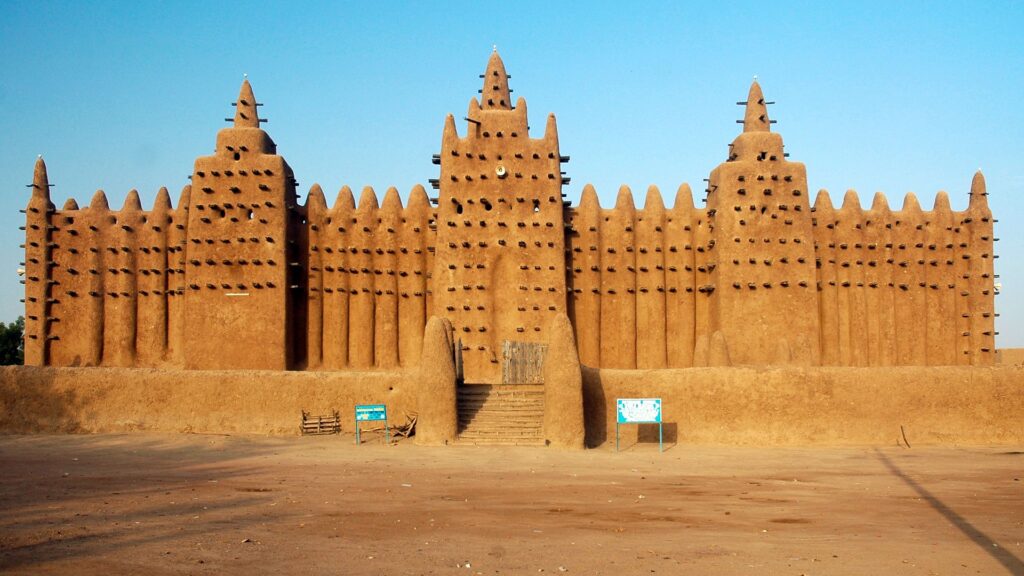Gao is a region located in the northern part of Mali, known for its rich history and vibrant culture. The region is home to the historic city of Gao, which was once a prominent center of trade and Islamic scholarship in the Sahel region.
Gao has a diverse population, consisting of various ethnic groups such as the Songhai, Tuareg, and Fula people. The region is known for its traditional music and dance performances, as well as its unique handicrafts and textiles.
One of the main attractions in Gao is the UNESCO World Heritage site of the Tomb of Askia, a 15th-century pyramid-shaped mausoleum built by the Askia dynasty. The tomb is a symbol of the region's rich cultural heritage and is a popular destination for tourists and locals alike.
Gao is also known for its breathtaking natural landscapes, including the Niger River, which flows through the region providing water for agriculture and fishing. The region is also home to the Sahara Desert, offering opportunities for camel trekking and dune exploration.
Despite its beauty and cultural significance, Gao has faced challenges in recent years, particularly due to the presence of armed groups and instability in the region. However, efforts are being made to promote peace and development in Gao, with initiatives aimed at preserving the region's heritage and improving the quality of life for its residents.
Overall, Gao is a region with a rich history, diverse culture, and stunning natural beauty that make it a captivating destination for those looking to explore the hidden gems of Mali.
What to explore:
1. Tomb of Askia: This UNESCO World Heritage Site is the mausoleum of Askia Muhammad I, a powerful ruler of the Songhai Empire. The tomb is considered a fine example of Sahelian architecture and is a must-see for history buffs.
2. Gao Grand Mosque: Dating back to the 13th century, the Gao Grand Mosque is one of the oldest and most important mosques in Mali. Visitors can admire its traditional mud-brick construction and intricate design.
3. Omar Tall Mausoleum: The mausoleum of El Hadj Umar Tall, a prominent religious leader and military commander, is a significant cultural and historical site. It offers insight into the region's Islamic heritage.
4. Tawareq Camp: Experience the traditional way of life of the Tuareg people by visiting a Tawareq camp near Gao. Learn about their customs, culture, and craftsmanship, and enjoy traditional music and dancing.
5. Sahel Desert: Explore the vast Sahel Desert on a guided tour from Gao. Discover the unique flora and fauna of the region, including acacia trees, desert dunes, and camels.
6. Niger River: Take a boat trip on the Niger River to enjoy stunning views of the surrounding landscape and observe local wildlife such as hippos, crocodiles, and various bird species.
7. Gao Market: Immerse yourself in the local culture by visiting the bustling Gao Market. Shop for handmade crafts, textiles, jewelry, and traditional Malian souvenirs.
